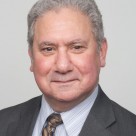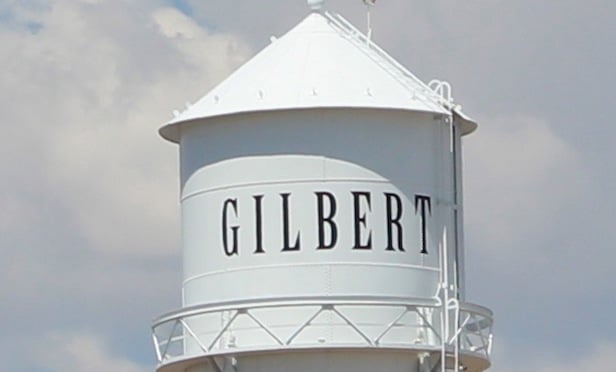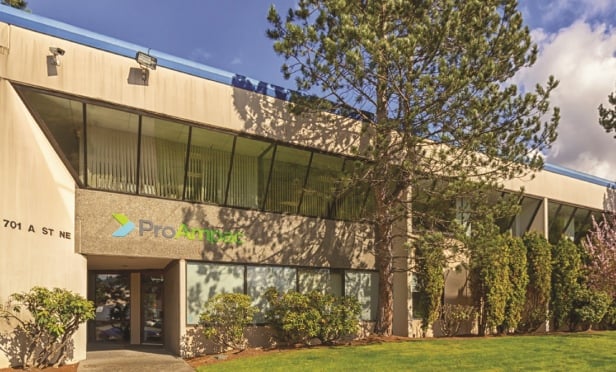NEW YORK CITY-As in the rest of life, real estate private equity funds are marked by the haves and have-nots. On the one hand you have your Blackstones and your Colonies and your AREAs. On the other, if you are a new fund manager, well you have a lot of work to do.
Mark Grinis, in an exclusive interview, told us that he sees a slow turning, that while challenges still exist for many of the funds that aren't top-of-mind, that 2013 will indeed prove itself to be “a very good vintage” for private equity funds. We asked Grinis how he delineates the haves from the have-nots, and he said that there are just certain names that an LP director can take to the board “without too many questions.”
“It's pretty much been business as usual for the platinum and premium players,” says the global real estate private equity fund services leader for Ernst & Young. “But once you're out that stratum, it's not business as usual.” There, he notes, LPs are able to place more pressure on mid tier funds on fees and terms. For new funds, it's even more challenging.
In addition, the sector is grappling with the challenges of Dodd-Frank here in the states and the Alternative Investment Fund Manager Directive in Europe. “If there hadn't been a financial crisis there wouldn't have been Dodd-Frank or AIFMD,” Grinis says. “But these are just the logical result of the crisis.” And that, he says, is ironic since the sector had begun to police itself prior to Dodd-Frank.
The European based funds have it even worse, given the weak economic climate. “All you have to do is read the headlines,” he notes, adding that investors in the value add and core space proceed with caution.
Our essential set up is also a reason why the stateside market will improve before Europe, he says, pointing to our two-party system. “In the EU, you have to get 23 countries on the same page,” causing a possible elongation of the recessionary climate. By contrast, here, despite Washington and the challenges of raising money in a rocky post-recessionary environment, “people are putting money to work.”
While Europe is still burdened with problems, their bright spot comes in the form of Sovereign Wealth Funds and other foreign capital sources, which Grinis states are making a strong comeback. Not too long ago, these sources of capital were nowhere to be seen in the Top 25 list of largest buyers.
“Now the Top 25 is peppered with sovereigns,” he notes. “You're looking at $100-million transactions in many cases with very little leverage.” He adds that they're interested in setting up either joint ventures or separate accounts with recognized global fund managers “to deploy their substantial real estate allocations.” And in so doing, creating even more opportunity for funds on both sides of the pond.
© Touchpoint Markets, All Rights Reserved. Request academic re-use from www.copyright.com. All other uses, submit a request to [email protected]. For more inforrmation visit Asset & Logo Licensing.







